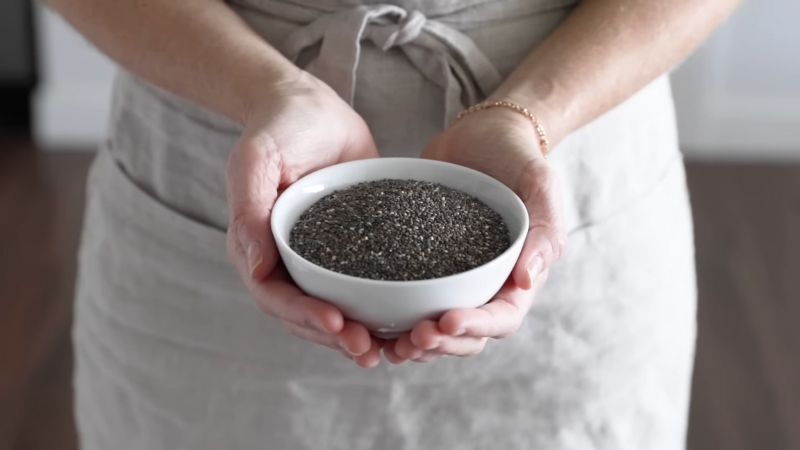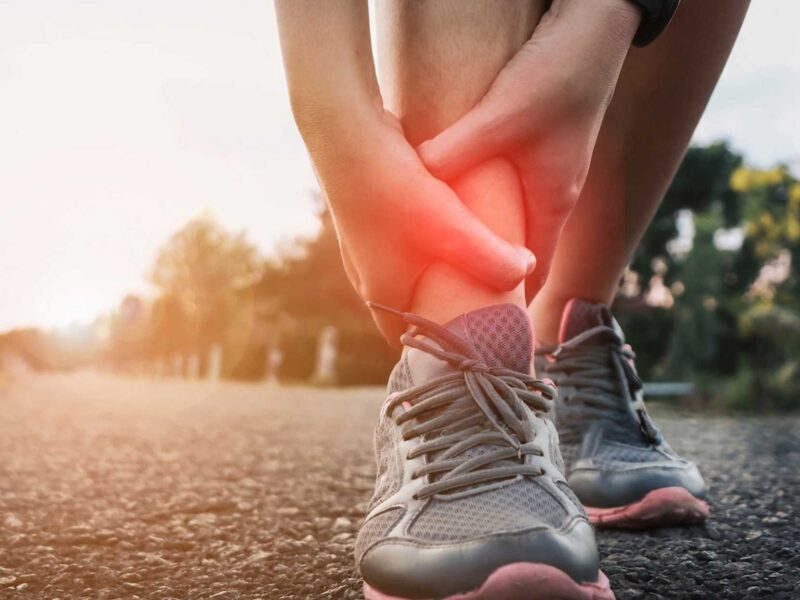
Share Post:
Some injuries heal fast, but others take years to fully recover. Serious damage to bones, muscles, or nerves can keep you away from your favorite activities for a long time. If you rush back too soon, you might make the injury worse, leading to even longer recovery times.
Knowing which injuries take the longest to heal can help you avoid them and take better care of your body. There are ways to speed up recovery and get back to your normal routine faster.
Proper treatment, physical therapy, and the right lifestyle choices can make a big difference.
Table of Contents
ToggleSpinal Cord Injury
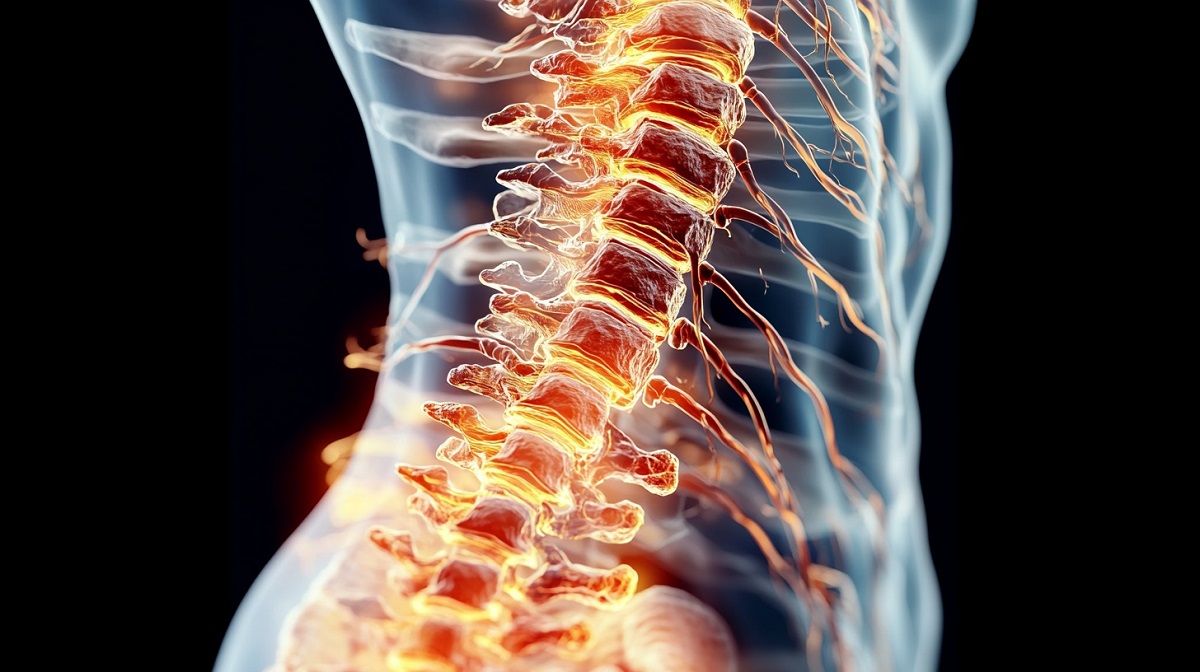
A spinal cord injury is one of the most serious sports injuries. The spinal cord is like the body’s control center, sending messages between the brain and the rest of the body. If it gets damaged, it can lead to weakness, loss of movement, or even paralysis.
Some people recover over time, but for many, the effects are permanent. Recovery depends on the severity of the injury and how quickly treatment begins.
What Causes Spinal Cord Injuries in Sports?
- Hard falls on the back or neck
- Collisions in contact sports like football or rugby
- Landing awkwardly after a jump
- Accidents in extreme sports like motocross or gymnastics
How Long Does It Take to Heal?
The healing process depends on whether the injury is complete (total loss of function) or incomplete (some function remains). Minor spinal injuries can improve in a few months, but serious cases take years and often never fully heal. Many people need long-term therapy to regain movement.
Ways to Speed Up Recovery
- Immediate medical care – Quick treatment can prevent further damage.
- Physical therapy – Helps strengthen muscles and improve movement.
- Assistive devices – Braces, wheelchairs, and walking aids can support mobility.
- Healthy lifestyle – Eating well, staying active, and avoiding harmful habits help recovery.
Spinal cord injuries change lives, and recovery takes dedication. Getting proper medical help is essential, but legal support can also be useful in certain cases.
Those dealing with severe spinal injuries may benefit from speaking to a Henderson spinal cord injury lawyer if the injury happened due to someone else’s negligence.
Severe Fractures (Femur, Pelvis, or Spine)
A severe fracture is a broken bone that takes a long time to heal. Bones like the femur (thigh bone), pelvis, or spine are strong, but when they break, the recovery process is slow and difficult.
These fractures often happen in high-impact sports like football, skiing, or motocross. Some cases require surgery, metal plates, or screws to hold the bone in place. If the bone does not heal properly, it can cause long-term pain and movement problems.
What Causes Severe Fractures in Sports?
- Hard falls from high places (cycling, skateboarding, skiing)
- Direct impact from collisions (football, hockey, rugby)
- Twisting the body too forcefully (gymnastics, basketball)
- Repetitive stress on bones over time (long-distance running)
How Long Does It Take to Heal?
Severe fractures can take six months to two years to fully heal. The exact time depends on the location of the fracture, the person’s age, and the type of treatment used. Pelvic and spinal fractures are especially slow to recover because these bones support most of the body’s weight.
Ways to Speed Up Recovery
- Surgery if needed – Metal plates or rods can help the bone heal correctly.
- Physical therapy – Strengthening exercises prevent stiffness and muscle loss.
- Proper nutrition – Calcium and vitamin D help rebuild bone tissue.
- Avoiding pressure on the bone – Using crutches or braces prevents further injury.
ACL Tear
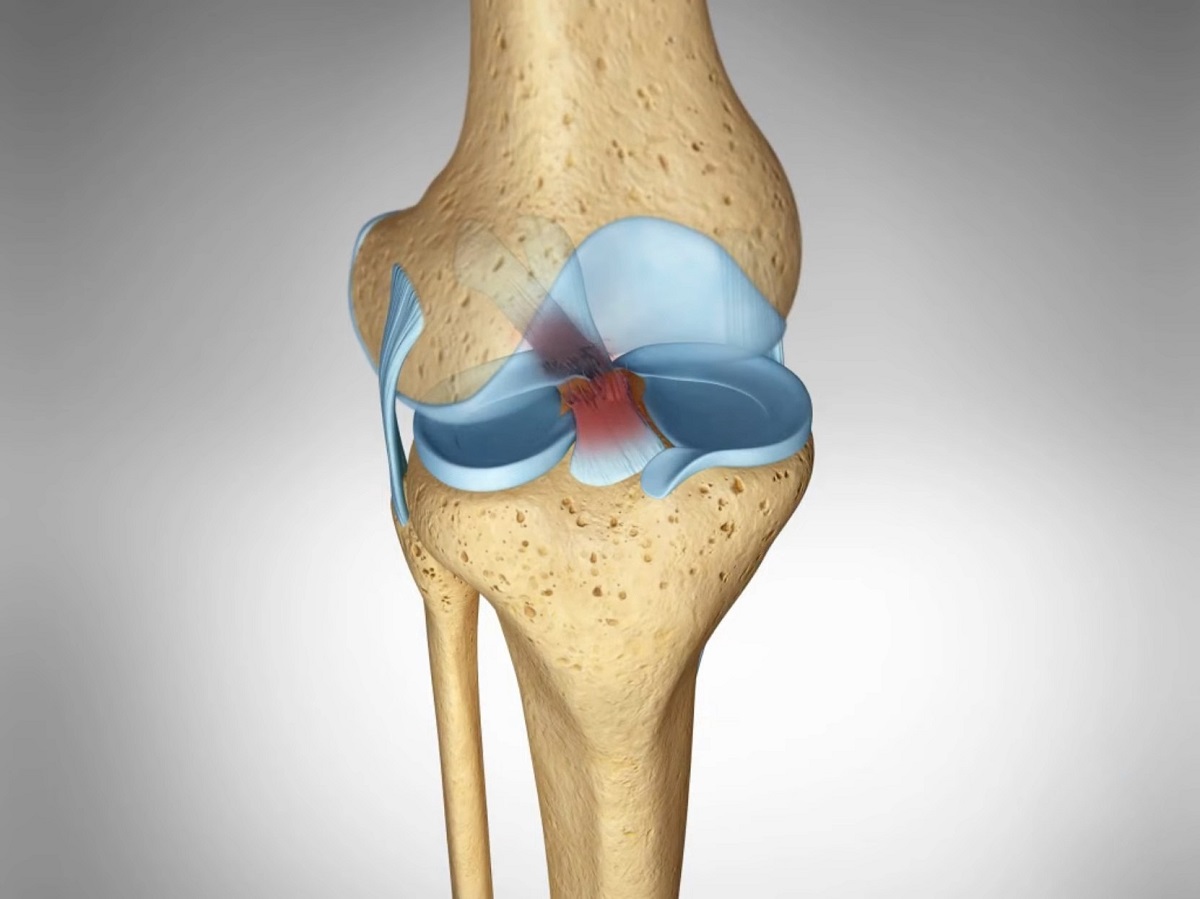
An ACL tear is a serious knee injury that affects the anterior cruciate ligament (ACL), which helps stabilize the knee. This injury is common in sports that involve sudden stops, quick direction changes, or jumping.
Athletes in basketball, soccer, and football are at high risk. When the ACL tears, the knee may feel unstable, swell quickly, and become too painful to move. In most cases, surgery is needed to repair the ligament.
What Causes an ACL Tear?
- Stopping suddenly while running
- Changing direction too fast
- Landing incorrectly after a jump
- Direct hits to the knee in contact sports
How Long Does It Take to Heal?
ACL recovery is never fast. Most people require at least six to nine months before they can return to basic athletic activity. For athletes who perform at a high level, a full recovery that allows return to pre-injury performance often takes between nine to twelve months, and sometimes longer. Healing depends on factors like age, fitness level, severity of the tear, success of the surgery, and adherence to physical therapy. Attempting to return to sports too soon dramatically increases the risk of re-tearing the ligament or injuring the opposite knee.
Every stage of ACL recovery matters. Initial swelling must subside before strength training can begin. Range of motion must be regained slowly through guided physical therapy. Muscle balance, especially in the quadriceps and hamstrings, must be restored before returning to sport-specific movements. Athletes who skip steps or rush the timeline are much more likely to suffer setbacks.
Ways to Speed Up Recovery
- Surgical reconstruction (if required) – Replaces the damaged ligament with a strong graft, often taken from the hamstring or patellar tendon
- Structured physical therapy – Involves progressive loading, balance training, strength work, and agility drills
- Use of knee braces – Offers stability and protection during the early recovery period and return-to-sport phase
- Advanced rehab protocols – Focus on movement quality, control, and dynamic stability
- Mental health support – Helps athletes cope with the emotional toll and stay committed to the recovery process
Chronic Tendon Injuries (Achilles Tendinopathy, Tennis Elbow)
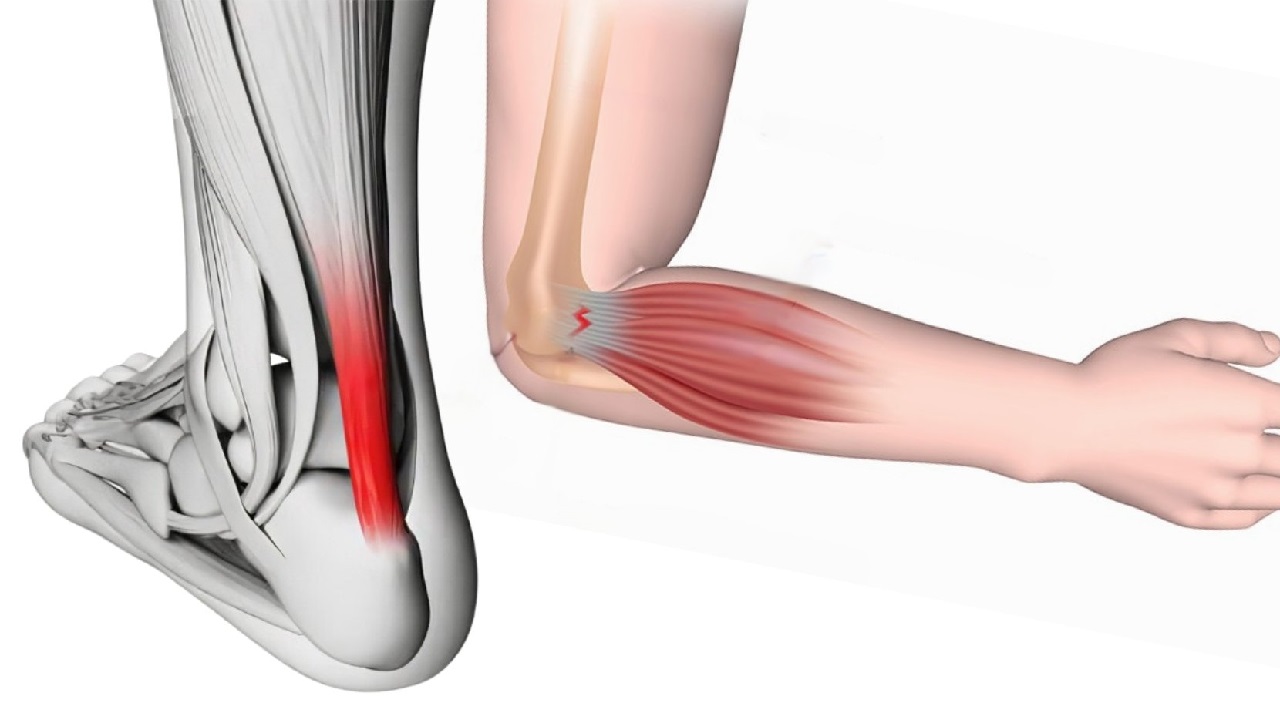
Tendon injuries happen when a tendon (the tissue connecting muscle to bone) gets overused and damaged. Unlike sudden injuries, chronic tendon injuries develop over time due to repeated stress.
Two of the most common types are Achilles tendinopathy (affecting the tendon in the back of the ankle) and tennis elbow (causing pain in the forearm and elbow). These injuries are common in sports that require repetitive movements, such as running, tennis, golf, and weightlifting.
What Causes Chronic Tendon Injuries?
- Repeating the same motion too often (running, swinging a racket, lifting weights)
- Not warming up or stretching properly before exercise
- Overloading tendons without enough recovery time
- Weak muscles that put extra strain on tendons
How Long Does It Take to Heal?
Chronic tendon injuries take months to years to heal, especially if ignored in the early stages. Unlike muscle injuries, tendons receive less blood flow, which makes healing much slower. If the problem becomes severe, surgery may be the only option.
One of the ways you can make your hands more stable is by wearing braces, like those you can find at BraceForYou.
Ways to Speed Up Recovery
- Rest and reduce activity – Continuing to stress the tendon makes it worse.
- Physical therapy – Strength and flexibility exercises help the tendon recover.
- Eccentric exercises – Slowly lowering weights or controlling movements can rebuild tendon strength.
- Ice and anti-inflammatory treatments – Reduce swelling and pain.
Concussions with Persistent Symptoms
A concussion is a brain injury caused by a strong hit to the head. It happens often in contact sports like football, boxing, and hockey. Most concussions heal within weeks, but some people experience symptoms that last months or even years.
These symptoms, known as post-concussion syndrome, can include headaches, dizziness, memory problems, and difficulty concentrating. In severe cases, multiple concussions can lead to permanent brain damage.
What Causes a Concussion in Sports?
- Direct blows to the head (helmet-to-helmet collisions, falls, punches)
- Sudden whiplash motion that shakes the brain
- Repeated minor head injuries over time
How Long Does It Take to Heal?
A mild concussion might heal in a few weeks, but post-concussion syndrome can last years. The brain is delicate, and rushing back to sports too soon increases the risk of long-term problems.
Ways to Speed Up Recovery
- Complete rest – Avoid screens, loud noises, and stressful activities.
- Gradual return to activity – Only start exercising when symptoms disappear.
- Proper sleep – Helps the brain heal faster.
- Medical monitoring – Doctors track progress to prevent further injury.
Severe Hamstring Tear
The hamstring is a group of muscles at the back of the thigh. A hamstring tear happens when these muscles stretch too far and rip. Small strains heal quickly, but severe hamstring tears can take a year or more to recover, especially if the muscle fully detaches from the bone.
These injuries are common in sports that involve sprinting, jumping, or sudden stops, such as soccer, basketball, and track and field.
What Causes a Hamstring Tear?
- Sprinting at full speed without proper warm-up
- Overstretching the leg while jumping or kicking
- Weak or tight hamstring muscles
How Long Does It Take to Heal?
Mild strains take a few weeks, but a severe tear can take over a year. Some athletes never regain full speed and flexibility after a bad hamstring injury.
Ways to Speed Up Recovery
- Rest and avoid strain – Trying to return too early increases re-injury risk.
- Physical therapy – Strength training prevents muscle loss.
- Gradual stretching – Helps restore flexibility without causing further damage.
- Proper hydration and nutrition – Helps muscle tissue repair.
Rotator Cuff Tear
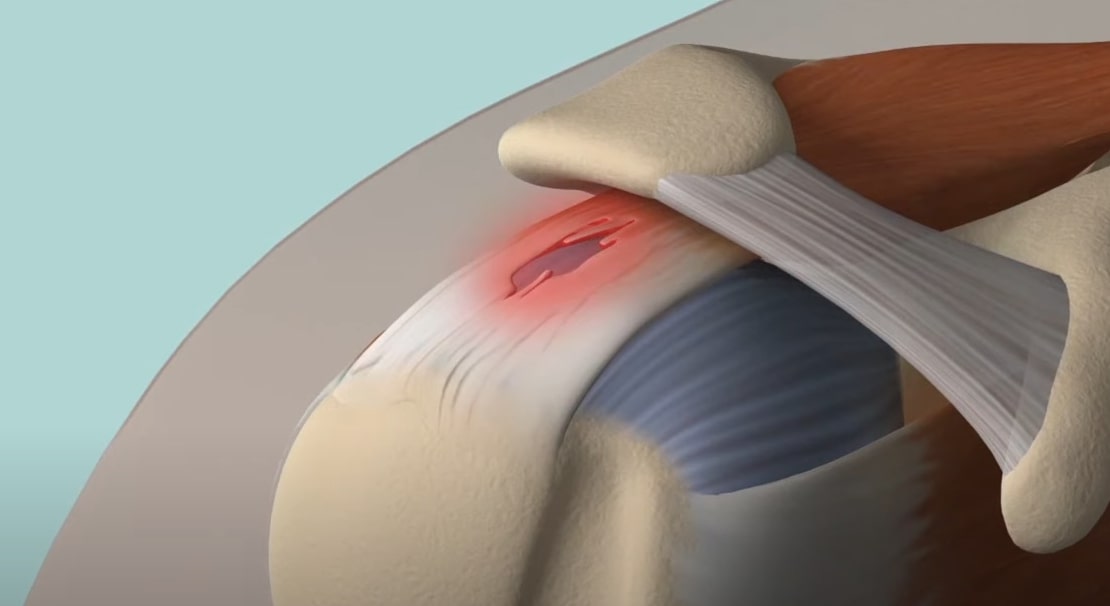
The rotator cuff is a group of muscles and tendons in the shoulder that help lift and rotate the arm. A rotator cuff tear is a painful injury that can happen due to repetitive overhead motions or a sudden fall.
This injury is common in baseball, tennis, weightlifting, and swimming. Some cases heal with therapy, but severe tears often require surgery, and recovery can take over a year.
What Causes a Rotator Cuff Tear?
- Repeated throwing motions (baseball, javelin, tennis)
- Lifting heavy weights overhead
- Falling on an outstretched arm
How Long Does It Take to Heal?
Partial tears might heal in a few months, but a complete tear takes a year or more. If surgery is needed, recovery is longer, and the shoulder may never regain full strength.
Ways to Speed Up Recovery
- Physical therapy – Strengthens shoulder muscles and improves mobility.
- Ice and pain relief – Reduces swelling and discomfort.
- Avoiding heavy lifting – Prevents further damage.
- Stretching and mobility exercises – Keeps the shoulder flexible.
Healing and Moving Forward
Some injuries, like minor sprains, heal quickly, but serious ones—such as spinal cord damage, fractures, and ligament tears—require patience, medical treatment, and long-term rehabilitation. Rushing back to sports too soon can make an injury worse, leading to setbacks and even permanent damage.
Proper medical care, physical therapy, and lifestyle changes can help speed up healing and prevent future injuries.
Related Posts:
- How to Lift Properly? Techniques to Avoid Back…
- How to Handle Common Running Injuries? Preventative…
- Top 18 Strangest Gym Injuries You Won't Believe Happened
- Misdiagnosis in Sports - A Growing Concern and Its…
- Resuming Sports After a Head Injury - How to Know…
- Are Concussions in Sports More Dangerous Than We Think?





